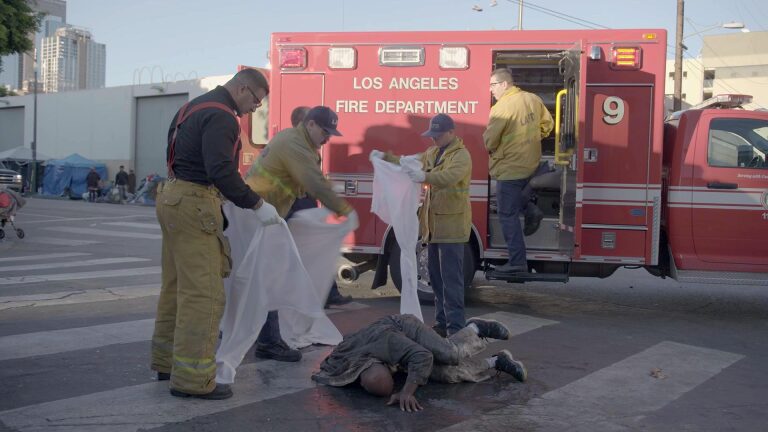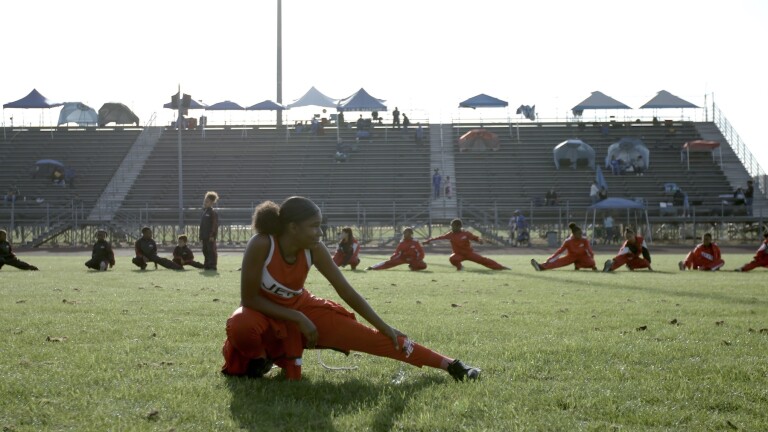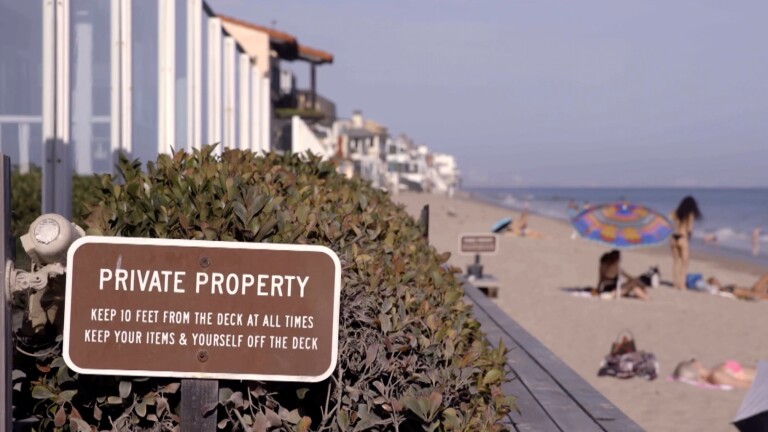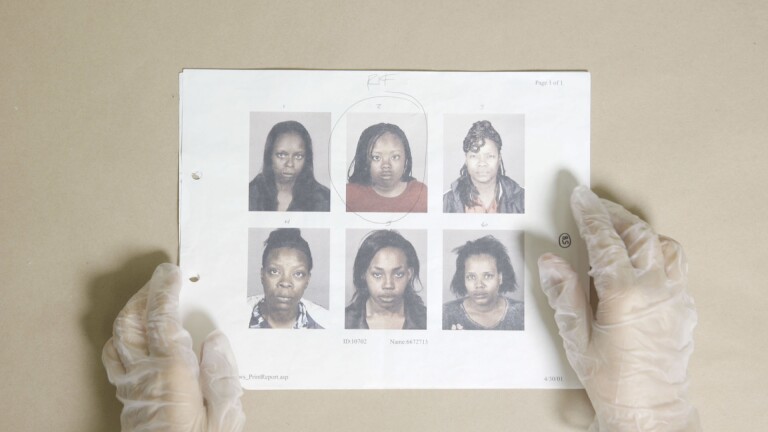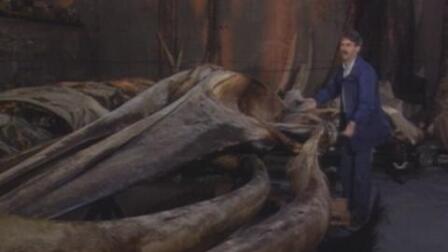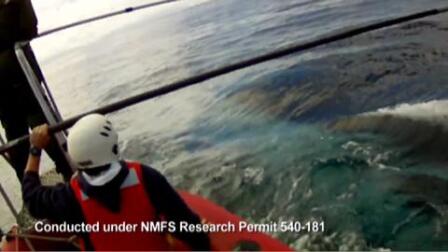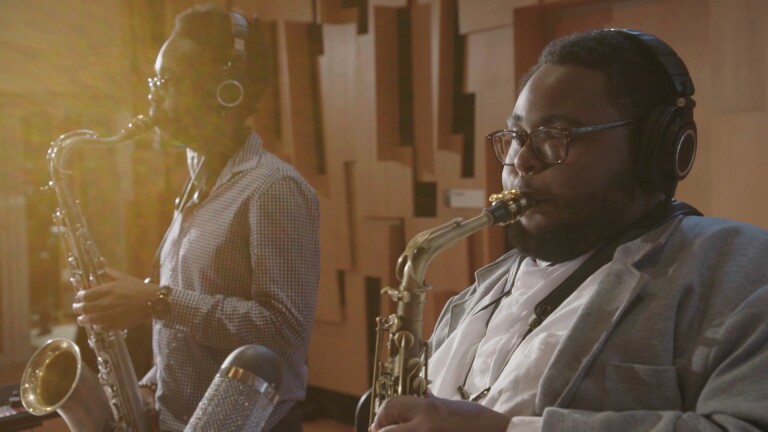
Shuttle Diplomacy
TRANSCRIPT:
Val Zavala: We've seen how important the Shuttle is to the U.S. space program. Well now the "Endeavour" is coming to L.A., and it only seems fair since it was assembled here in Southern California. The competition among cities to win a shuttle was intense. But that's nothing compared to the muscle and the money it will take to move Endeavor to its final home -- the California Science Center. Correspondent Jennifer London got a sneak peak at how you fit the "Jewel of the Fleet" on L.A. streets.
Voice: Pressurizing the liquid oxygen tanks. Firing chain is armed, all suppression water systems armed. Go for main engine start. Eight, seven, six ... zero, and liftoff for the final launch of Endeavour, expanding out knowledge, expanding our lives in space.
Jennifer London: On a warm spring day in May 2011, Endeavour blasted off for the last time "? carrying six astronauts and the pride of a nation.
Built in Palmdale in 1991 to replace Challenger, Endeavour was the baby of the shuttle fleet.
Still, the orbiter amassed an impressive résumé. She delivered the first astronauts to the space station, flew 25 missions, totaling more than 122 million miles and 4,761 orbits around the earth. Now after 20 years of service, Endeavour is coming home.
Maj. Gen. Charles Bolden/NASA Administrator: The California Science Center in Los Angeles, only a few miles from the site of the old Rockwell plant, where the shuttle was developed and from where its construction was managed, will be the new home of the shuttle on the launchpad, preparing its final mission, Endeavour.
London: But first, one final journey for Endeavour, one that will take her where no space shuttle has gone before — from LAX to the streets of Los Angeles.
Even though the shuttle's not due to arrive in L.A. until late 2012, preparations are already underway.
If you think navigating L.A.'s freeways are tricky, try transporting a shuttle over land through a concrete jungle. It's never been done before, and as NASA likes to say, failure is not an option.
Steve Soboroff/Sr. Advisor, Endeavour Project: The shuttle is a national, historic treasure of the United States of America. So you can't just like take a wing off and then crazy clue it back on when you get to the other place. You don't mess with the shuttle.
London: L.A. businessman Steve Soboroff is the special advisor to the Los Angeles Endeavour project. He is one of only a handful of people who are mapping the shuttle's course from the airport to Exposition Park. Soboroff gave us an exclusive preview of the first part of the route. The rest is being kept secret for security reasons.
Soboroff: We are on the actual route of Space Shuttle Endeavour right now.
London [to Soboroff]: What street are we on now?
Soboroff: We're on La Tijera and we are going up to Manchester and turn right.
London [to Soboroff]: And so this street is wide enough? But what about those traffic signals?
Soboroff: Those traffic signals are going to have to come down temporarily.
Now we are running into light poles, we start running into overhead wires. We will see some railroad crossings. You'll see some signs that have to come down.
London: L.A. may be a maze of streets and freeways; still, the options for moving a nearly six story, 180-thousand pound spacecraft, with a 78-foot wing span are limited.
Soboroff: We had a group of 17 NASA people that came and drove the route with us. All their science and technology people. There was only one thing on this route that was an absolute no, no to touch. You want to guess what that is?
London [to Soboroff]: Can you tell me?
Soboroff: The Randy's Donuts sign.
London [to Soboroff]: Oh, because it's been designated historic?
Soboroff: That was a deal breaker for Los Angeles. Don't mess with Randy's Donut sign.
London [to Soboroff]:So what does that do to the route?
Soboroff: We have clearance.
London: So, how do you actually move the space shuttle? Slowly, very slowly — even by L.A. traffic standards.
Soboroff: Even though the shuttle can go 17,500 miles an hour, which means it could make the trip in about 2.5 seconds. The carrier, with the way we are taking it, it will take 13 hours. And there's going to be a big parade, and all of Los Angeles will be there to welcome it and march with it. It's going to be phenomenal.
London: And so is the price tag for taking ownership of the shuttle.
Decommissioning and transporting -- $28 million.
Building a new museum wing and exhibit -- $170 million.
Owning a piece of space history -- priceless.
Jeffrey Rudolph/Pres/CEO, California Science Center: More than anything we've ever done here. We have people saying, "I want to help."
London: Jeff Rudolph is the president of the California Science Center. He admits they have their fundraising work cut out for them.
Rudolph: We have, since April, had to focus on raising quite a bit of money in a hurry, and we are still focused on that. We have a lot more to go. We just launched an effort to allow people to sponsor one of the tiles on the shuttle. There are over 20,000 tiles as part of the thermal protection system. Each tile is unique; there's no two that are alike. And so we thought, what a great way to let people have a part in bringing this together.
London: A museum's ability to raise the kind of cash needed to transport and display one of the four orbiters played a critical role in NASA's decision-making process.
The space agency considered bids from 21 institutions interested in owning a shuttle.
It was a long, drawn-out, contentious process that lasted two years. Ultimately the Kennedy Space Center was awarded Atlantis, the Smithsonian won Discovery, and New York's Intrepid Museum will get Enterprise, the shuttle prototype.
Ken Phillips, Air and Space Curator at the Science Center, authored L.A.'s winning proposal.
Kenneth Phillips/Curator, California Science Center: Our strategy was to convince NASA that if they could let us have one of the orbiters we would do the best job in the country of motivating kids and getting them interested. And so, we focused the entire proposal on how we would interpret the orbiter, if we were lucky enough to get one, and to explain to NASA that we were an institution that was a free admission institution, and that was to help them understand that we were working hard to remove barriers to access so that everyone would be welcome.
London: L.A. was long considered a dark house in the competition. So much so that after NASA selected the Science Center, other contenders cried "foul."
London [to Rudolph]: One senator from Texas said, "The choices clearly showed political favors trumped common sense and fairness." Do you think politics played a role in the decision-making process?
Rudolph: I really don't. And obviously we kind of took the approach from the beginning we weren't going to go down that path, we were going to base it on the merits. And I think NASA's decision, from our standpoint, was a good one.
London: And after a visit to L.A., even Endeavour's final commander, was won over.
Soboroff: Mark Kelly who told me initially when he got off the plane, he said, "You know I'm from Houston, and I'm not happy that you guys beat out Houston for this." When he left, he said this is one of the best decisions he's ever seen NASA make.
Phillips: This is a dream come true, you know. It's the kind of dream you want to come true.
London: A dream come true that marks a new endeavor for the California Science Center, and the beginning of a new frontier for space education and exploration right here in L.A.
I'm Jennifer London for SoCal Connected.

